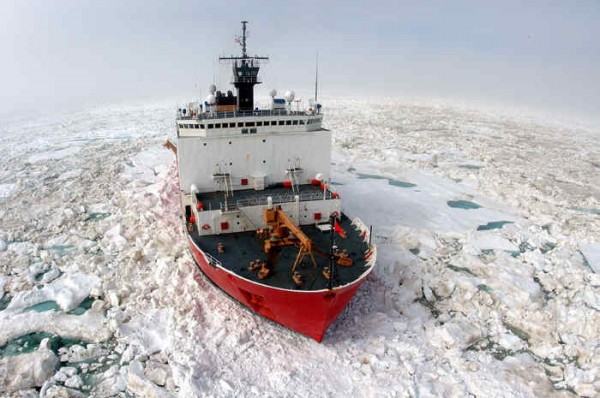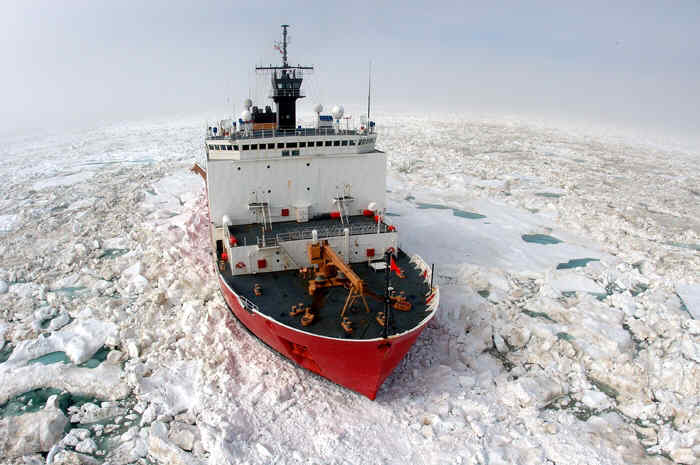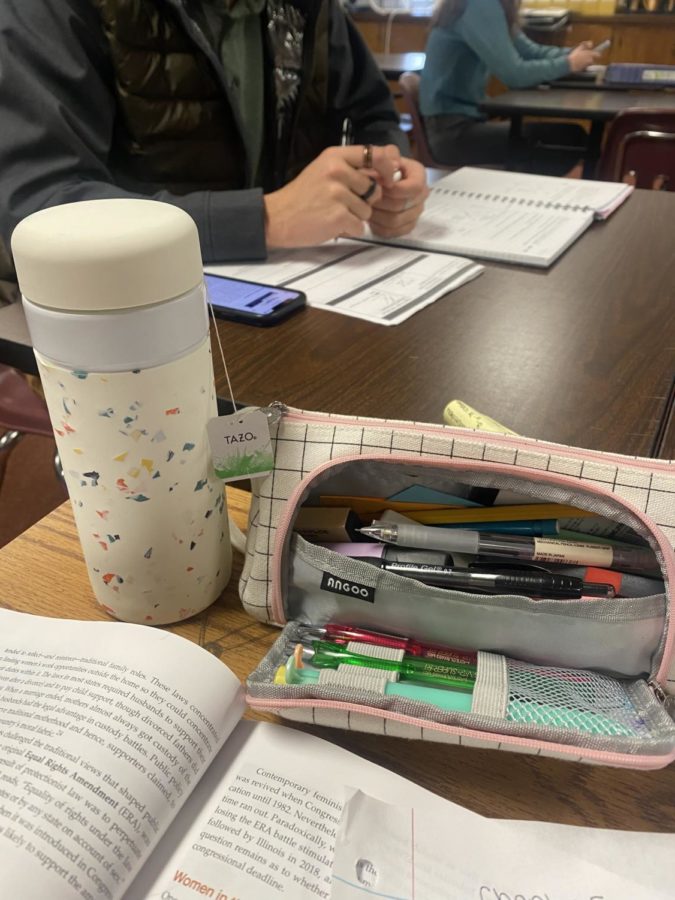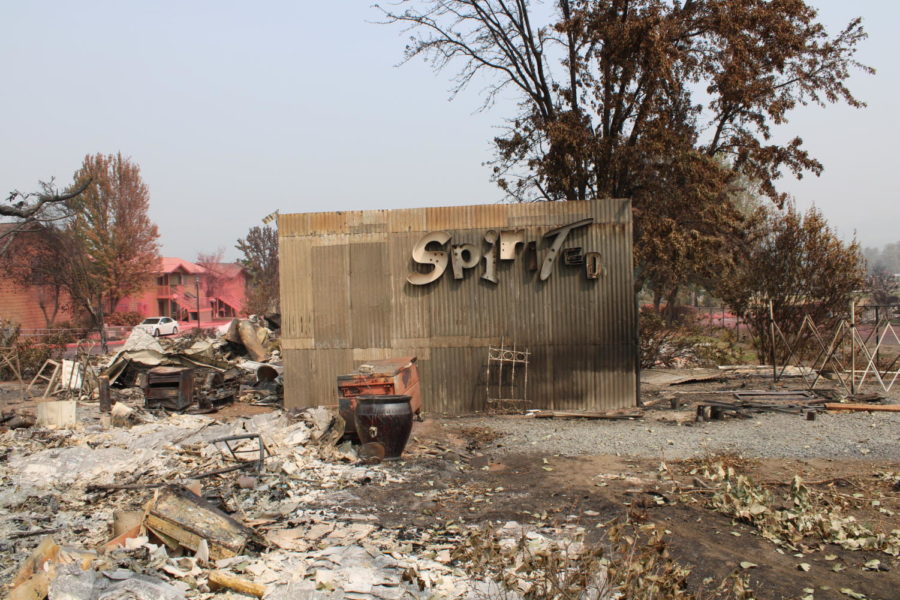 POLAR ice caps are melting, but not fast enough for the United States. As the arctic warms, the accelerated melting of ice caps causes unpredictable shifts and ice bridges which makes the maintenance of shipping lanes through icebound waters impossible without polar icebreakers to escort ships. Unfortunately, the federal government is unwilling to step up to the plate.
POLAR ice caps are melting, but not fast enough for the United States. As the arctic warms, the accelerated melting of ice caps causes unpredictable shifts and ice bridges which makes the maintenance of shipping lanes through icebound waters impossible without polar icebreakers to escort ships. Unfortunately, the federal government is unwilling to step up to the plate.
A fleet unprepared for the 21st century
The Coast Guard currently owns just one operational icebreaker: the USCGC Healy, a medium-sized ship by classification standards. Having only one operational icebreakers has two implications. One, lanes can’t be kept open all year. Because icebreakers are forced to smash into feet thick sheets of ice, they require constant maintenance, repairs and technical upgrades which mean they are in shipyards a great portion of the year. Two, the risk of damage causes the Coast Guard to avoid sending the ship into risky situations, meaning that it is namely docked, waiting for search and rescue or other similarly important missions. Moreover, the Healy is only designed to operate in ice depths up to 4.5 feet of ice, making it insufficiently powerful to create icebound shipping lanes.
The U.S. technically has three ships in its fleet, additionally including the POLAR STAR and the POLAR SEA. The POLAR STAR has been placed on standby since 2006 and is currently undergoing renovations to allow for potential support operations. The POLAR SEA was decommissioned in 2011 due to a need for costly retrofits and is currently in a sea lock in Seattle. As such, the Coast Guard is currently unable to meet the challenges of a warming arctic and the United States has effectively lost icebreaking capabilities.
Arctic science
One implication of these shortfalls is on arctic research capabilities. The National Science Foundation primarily operates out of two bases in arctic regions, the McMurdo Station and the Amundsen-Scott South Pole Station. The McMurdo station represents the largest Antarctic science base. The two make up the majority of United States involvement in the Antarctic Treaty System which provides the diplomatic ties necessary to sustain multilateral research. As such, the National Academies Press reports that
“According to a representative of the Department of State assigned to Antarctic issues, if resupply of South Pole Station is not successful and the station were abandoned, this would jeopardize, and probably reduce, the influence of the United States in Antarctic governance.”
In short, these stations provide the backbone of Antarctic Research.
These stations require large amounts of fuel and other supplies to operate. As such, frequent resupply missions are necessary. Given the location of these bases, icebreaker escorts are necessary. Historically, the NSF has contracted with the Swedish Maritime Administration for these capabilities, but in 2011 the group declined. In doing so, the stability of research operations at the McMurdo and South Stations is threatened, and with it all significant antarctic research.
The UN Environmental Programme writes that “Lessons learnt now in the Arctic, about how to collaborate in monitoring, mobilising, and responding to climate change, may therefore be of crucial importance for other world regions.” In other words, the research threatened by a lack of icebreaking capability serves a vital component in climate change adaptation efforts. Given the lack of significant action by leading government on mitigating the risks of a changing climate, these adaptation efforts provide a crucial role in protecting the globe against disasters. Hence, a lack of icebreakers holds the potential of catastrophic impacts on global stability.
Shipping
The second vital role of icebreaking capability is in global trade. A rise in fuel costs, distance and a lack of financing options due to an unstable economy is threatening U.S. shipping companies. Arctic shipping has the potential to drastically cut costs. Going through the arctic allows enormous decreases in distance and travel times which allowed a Danish company to save one third of costs on a trip by taking an arctic route opened by a warming arctic. Shipping accounts for billions of dollars in revenue and millions of jobs. Thus, halting skyrocketing shipping costs should be a top priority of the United States.
Congressional blocks
The Coast Guard has been requesting the funds to design two new polar icebreakers for several years now. Unfortunately, they have been met with a steady wall of opposition. President Obama has requested funds in his annual budget to build one new ship for several years now. Unfortunately, Congress has responded to the efforts with stiff opposition, making the construction of new large icebreakers uncertain. Even if the budget is approved, the Coast Guard would only be halfway to its short-term goal. The United States needs to get moving on icebreaker modernization, but right now efforts seem caught on thin ice.
[polldaddy poll=6755549]











